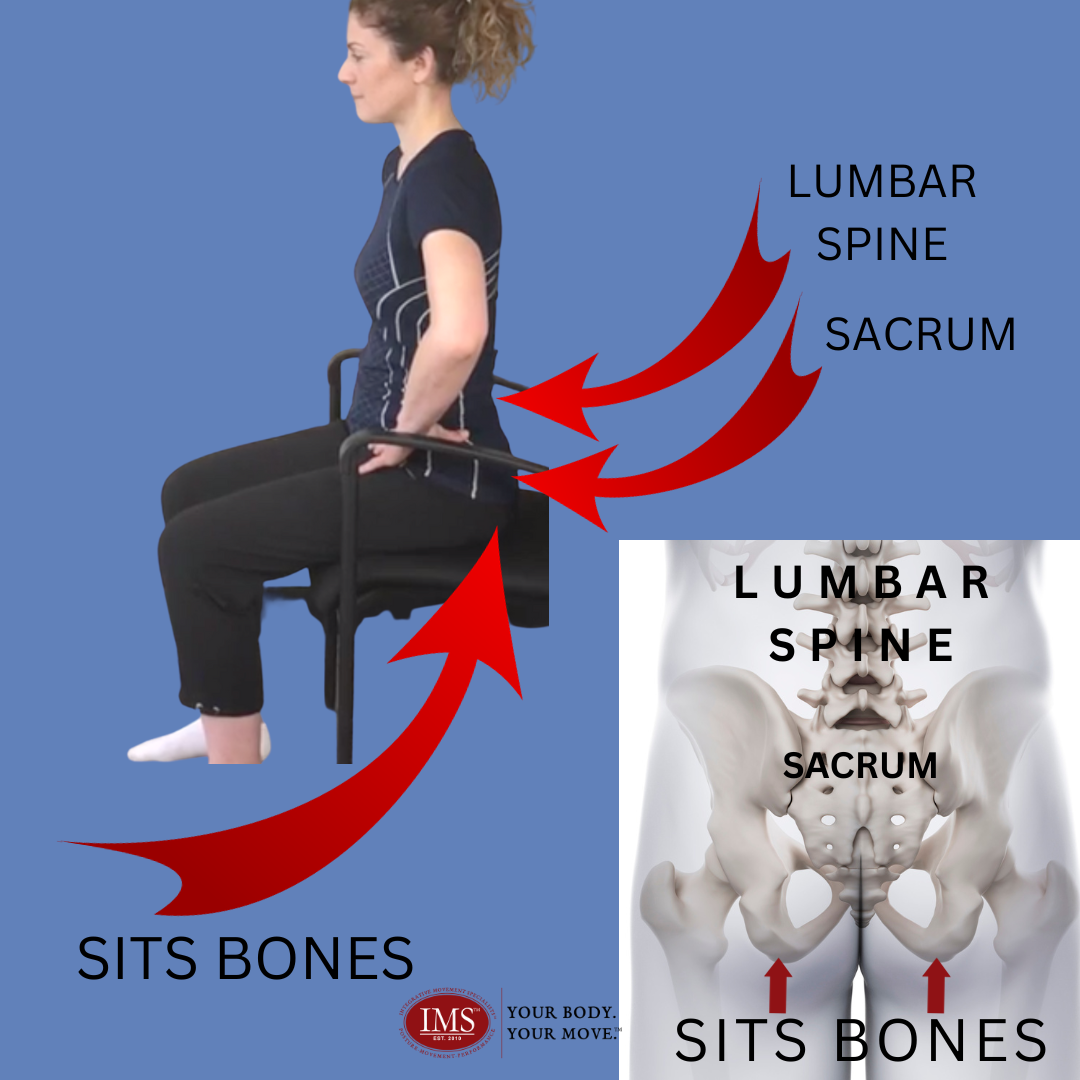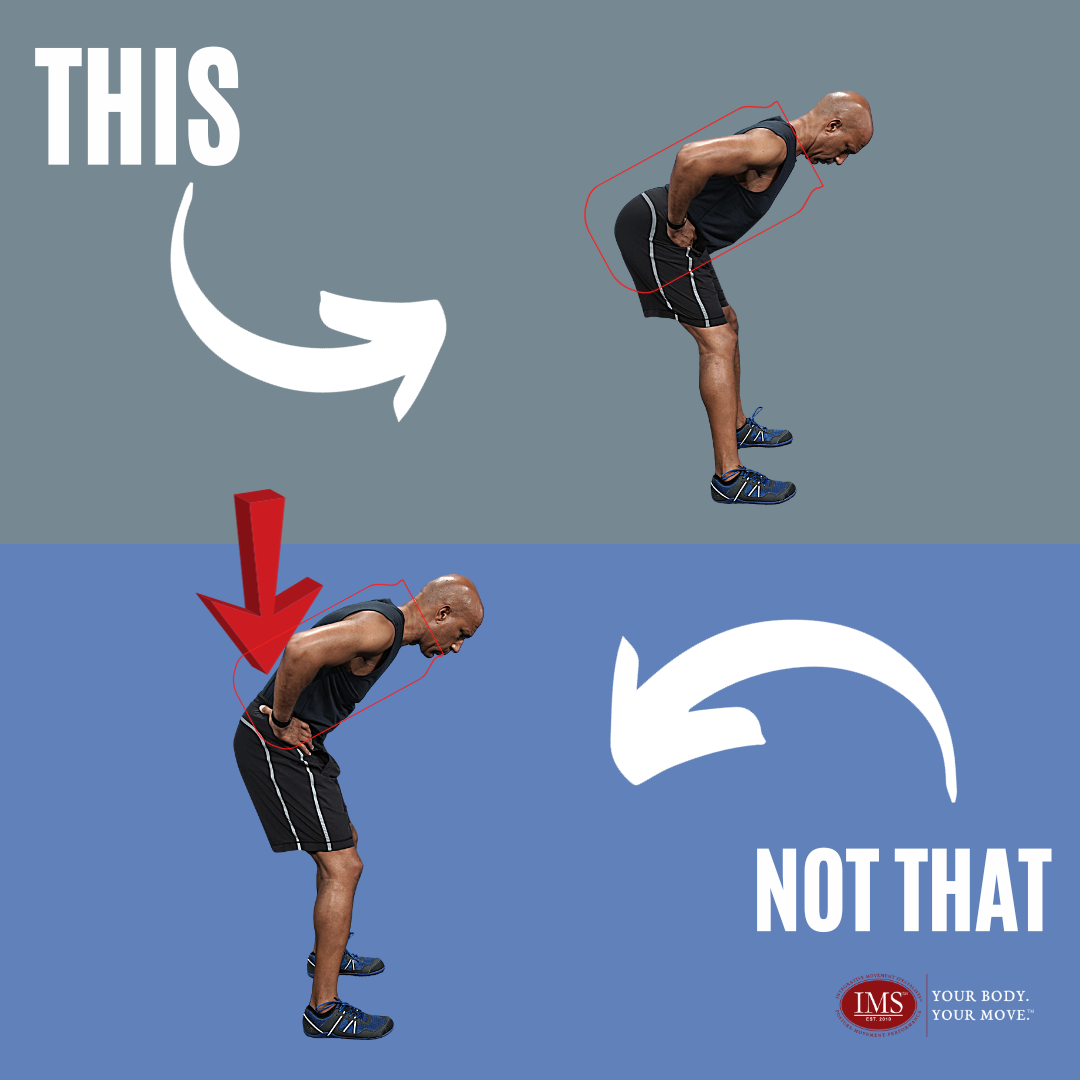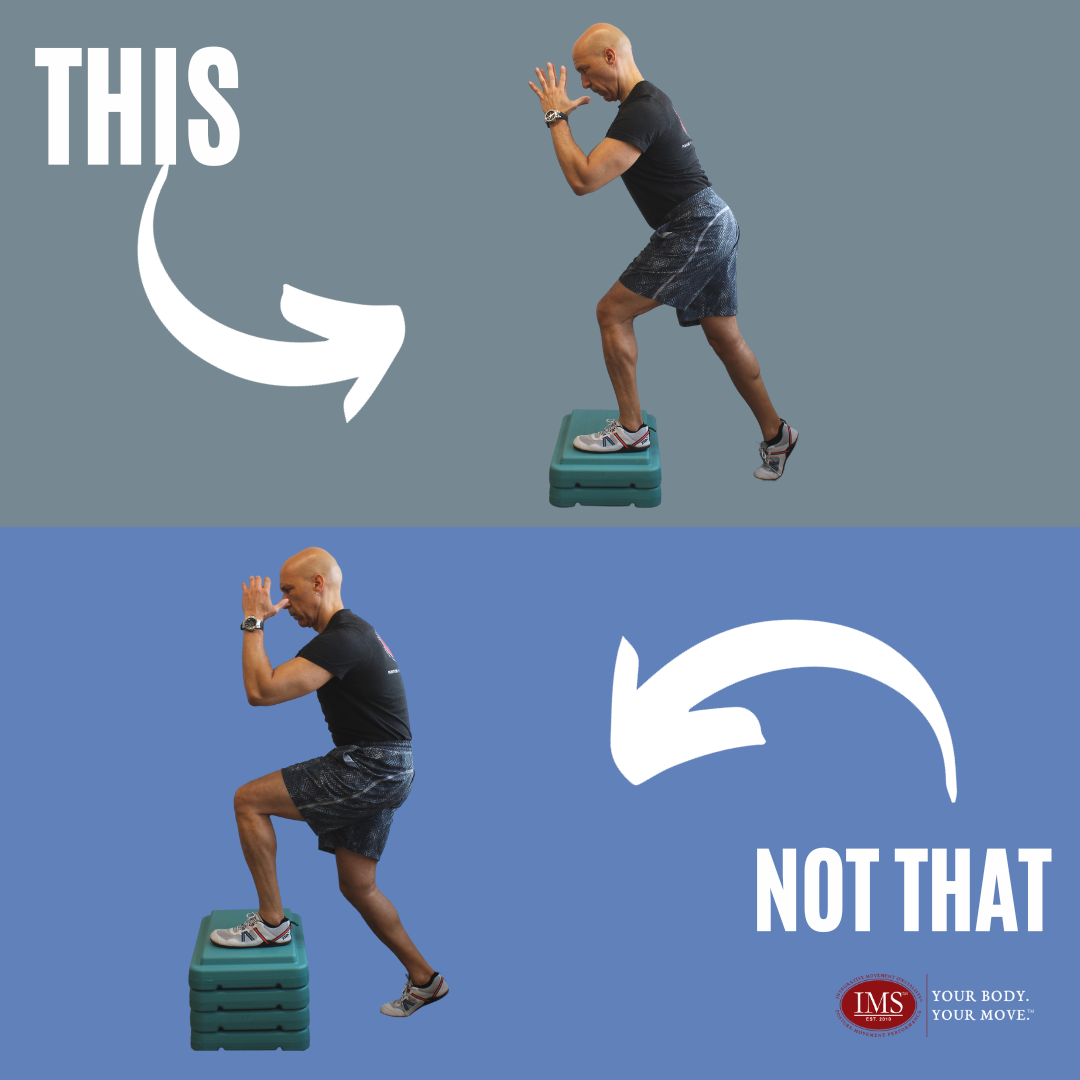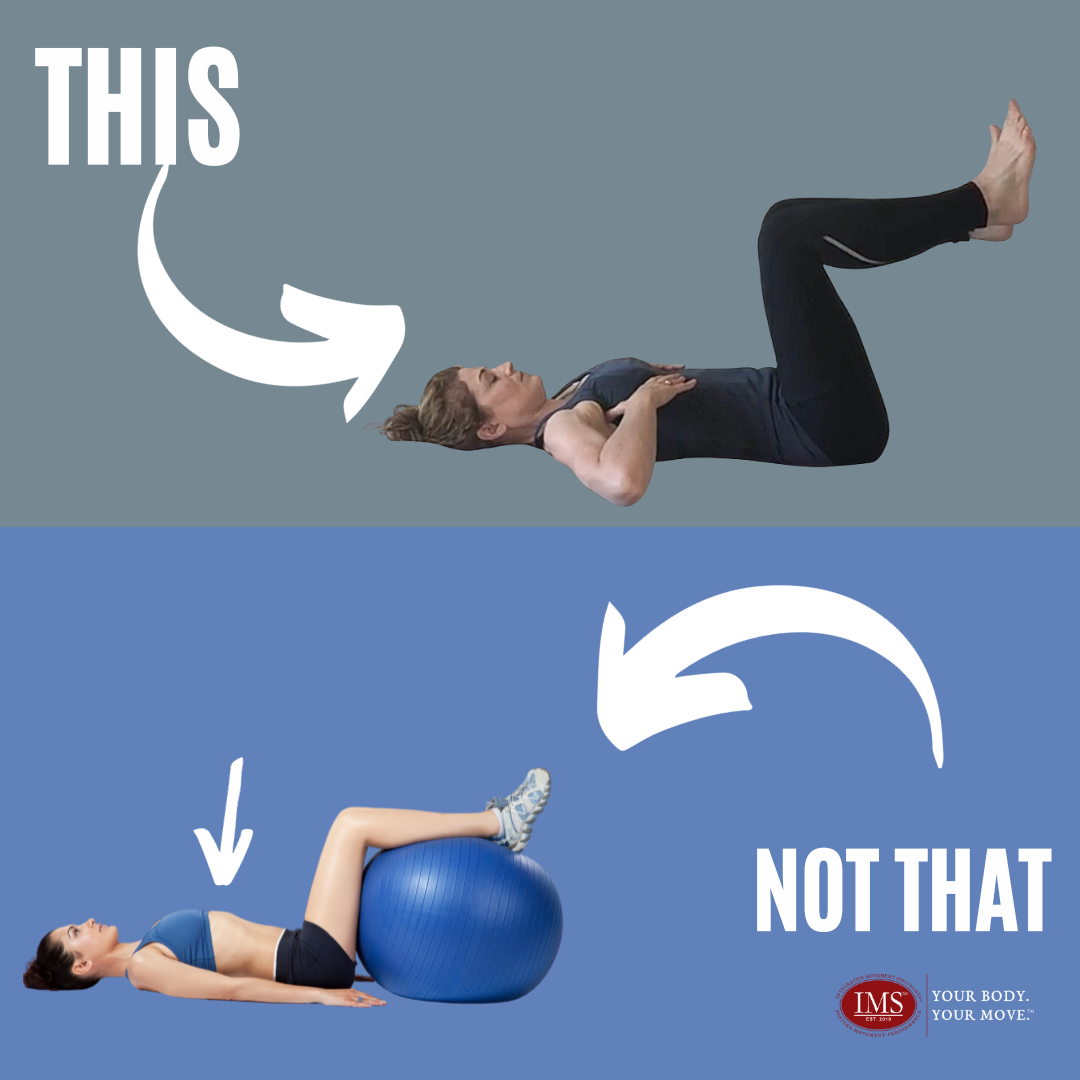Low Back Pain? Could This be The Cause?

In our last installment, we shared a way to change how you sit to decrease the pressure on your lower back a.k.a., your lumbar spine, specifically the pressure on the discs between your vertebrae. The cervical spine and the lumbar spine are the areas where disc herniations occur most often.
In this installment, we will look at three things that you do each day that can contribute to pressure and nonoptimal alignment of your lower spine.
How you sit or stand.
Depending on what you do for work or how you spend your time you likely sit, stand, or a combination of both throughout your day. We touched lightly on sitting optimally last time. As a reminder, you want to sit on your SITS bones. These bones are located at the bottom of your glutes. (see picture below)

How you stand matters as well.
If you tend to stand with your weight mostly in your heels and your knees locked you likely also stand with your glutes slightly squeezed causing your glutes and pelvis to tuck under your torso. In the picture below you can see the difference in the spine, hip and pelvis when you stand with your weight balance across your whole foot rather than just the heels.

How you move and exercise.
How you continually move throughout your day and how you perform your exercises while working out can either help your spinal health or hinder it. The pictures below some common exercises and movements we commonly perform.
The first picture shows bending or hip hinging. Too often when we bend we tend to move through the lower back rather than through the hip joint which would transfer more of the load to the larger glute muscles.

Stairs are a common activity, how we walk up and down the stairs due to flexibility in our hips or how we position our body for the activity can affect our lower back or lumbar spine.

Finally, the one thing we do all day long, breathing.
How we breathe can have a direct effect on how our lower back feels. The pictures below are of two women breathing. In the top picture labeled 'this,' the model is demonstrating how her ribcage stays down as she breaths.
The arrow on the second model shows how her lower back and rib cage are lifting up as she breathes. For quiet breathing, there is a lot of excess motion occurring through the spine and excess muscle effort to breathe.

Understanding the most efficient and effective ways to breathe, move and exercise can go a long way toward maintaining the health of your spine, core, and the other structures that support them.
Injury, surgery, and habits can play a large role in how you, move, and exercise. If you feel you could benefit from learning more about the best ways for you to breathe, move, and exercise, reach out. We can

